On the International Inventor’s Day, we’d like to recollect those who gave humanity one of the most precise gifts ever: the flight to the Moon. Konstantin Tsiolkovsky, Robert Goddard, Alexander Shargei, Sergei Korolev, Werner von Braun — each of them worked out the idea of flying to our natural satellite by a rocket.
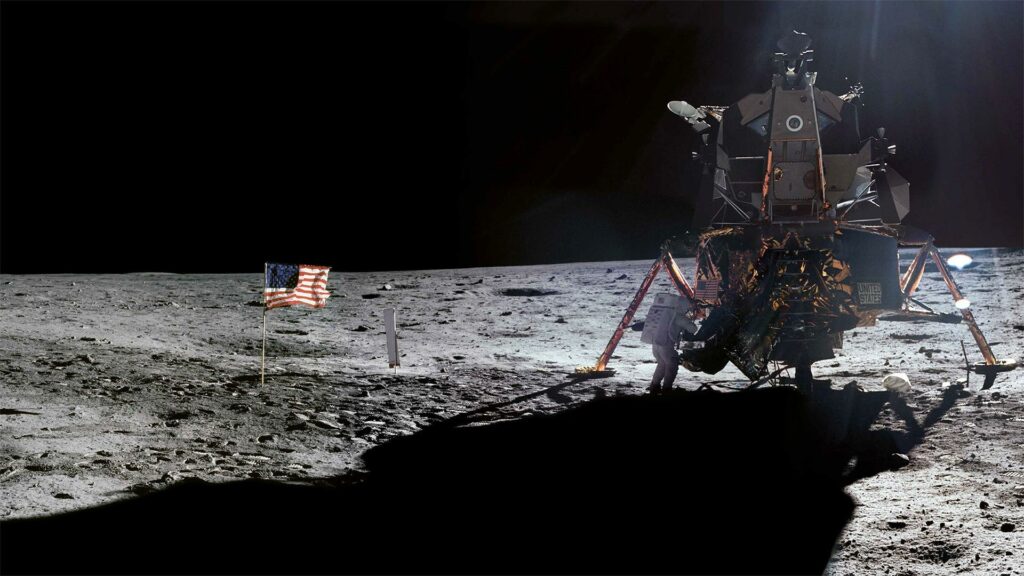
Invent the Moon!
As for inventions, people are usually interested not about how something is done, but about the possibility itself to do something. We can all read news on a computer screen, get something delicious out of the fridge, or fly to another country. But behind each of these opportunities are someone’s ideas embodied in the design of machines, devices and mechanisms.
The most outstanding technology, which has so far been used by only 12 people in the world, provides us the opportunity to step on the surface of the Moon. The inventions behind it are so complex that the path from the initial idea up to the rocket, actually launched from the spaceport, took several generations.
Konstantin Tsiolkovsky
When in 1883 a young teacher and self-taught inventor Konstantin Tsiolkovsky first expressed the idea of space flight by a rocket, humanity was just mastering flying in the atmosphere. Balloons had long been commonplace, but gliders and airships were still experimental devices.
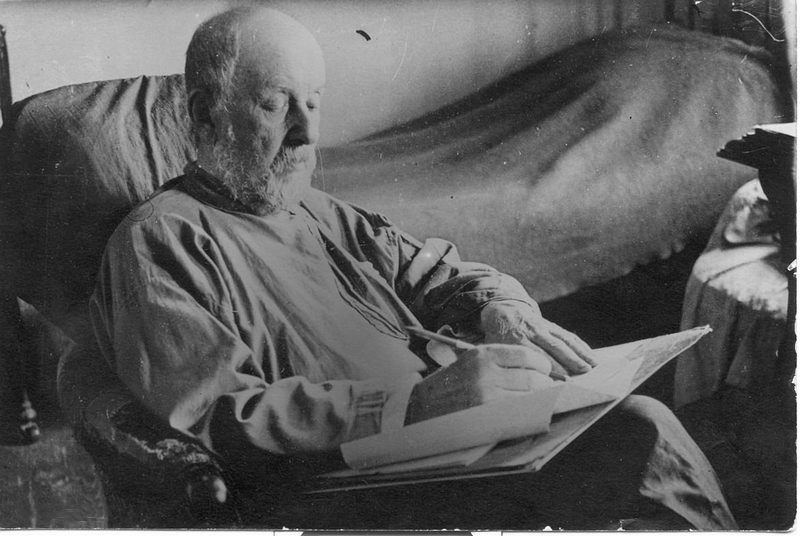
Tsiolkovsky’s first works were devoted to flights in the atmosphere. He explained and calculated how the airship, plane and hovercraft would move. Therefore, his first inventions were the very principles that formed the basis of all controlled flights.
And in 1896, long before the first heavier-than-air spacecraft took to the skies, he completed the idea of space flight by inventing a formula that now bears his name. It connects the mass of the rocket, the mass of fuel and the final speed that the ship can develop. It took him another 15 years to calculate how much fuel was needed to launch the rocket into orbit.
It is traditionally believed that Tsiolkovsky proposed the use of multistage rockets to reduce fuel consumption, although this point remains controversial. He also developed jet vane and a pump to supply fuel to the combustion chamber. Constantine was not only a theorist but also a practitioner — in particular he built one of the first wind tunnels.
Robert Goddard
Robert Goddard was an American who by himself developed lots of the principles of rocket propulsion. In early 1910, he became interested in rocket engines and, independently of Tsiolkovsky, was able to derive all the basic formulas important for space flight. In 1915 he received a patent for a rocket engine running on gasoline and liquid nitrogen dioxide.
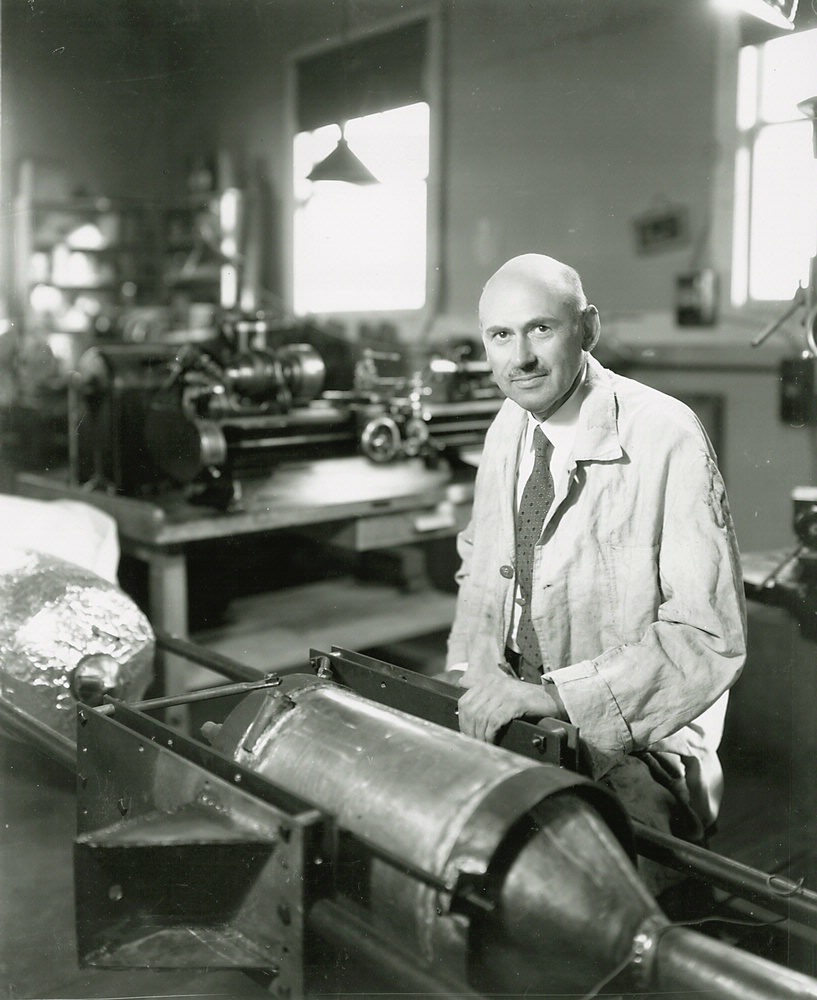
Continuing his theoretical calculations, Goddard in 1919 published several works on the flight to the Moon by rocket. And in 1926 he managed to launch the world’s first liquid rocket. It was able to rise to the sky by only 12 m, but it showed the viability of the idea itself. The scientist not only realized Tsiolkovsky’s idea with pumps and jet vane, but also tested his own solutions for the guidance systems using gyroscope and pendulum.
During the 1920s and 1930s, his missiles became larger and more sophisticated, and their flight altitude increased. At first they reached 330 m, then 1600 m. Finally, in March 1937, a height of 2.7 km was reached.
Yuri Kondratyuk
An engineer from Poltava, Alexander Shargei, also walked the same lonely way as the inventors before him. In 1919, independently of Tsiolkovsky and Goddard, he derived all the basic rocket equations. However, his work was later interrupted by World War I and the civil war in Russian Empire. As a result, he had to change his name and surname. He became world famous as Yuri Kondratyuk after his death.
In 1929, he published a small book entitled The Conquest of Interplanetary Space. It is famous for providing calculations for the “snail” trajectory for flight to the Moon, which was later used by Apollo spacecraft.
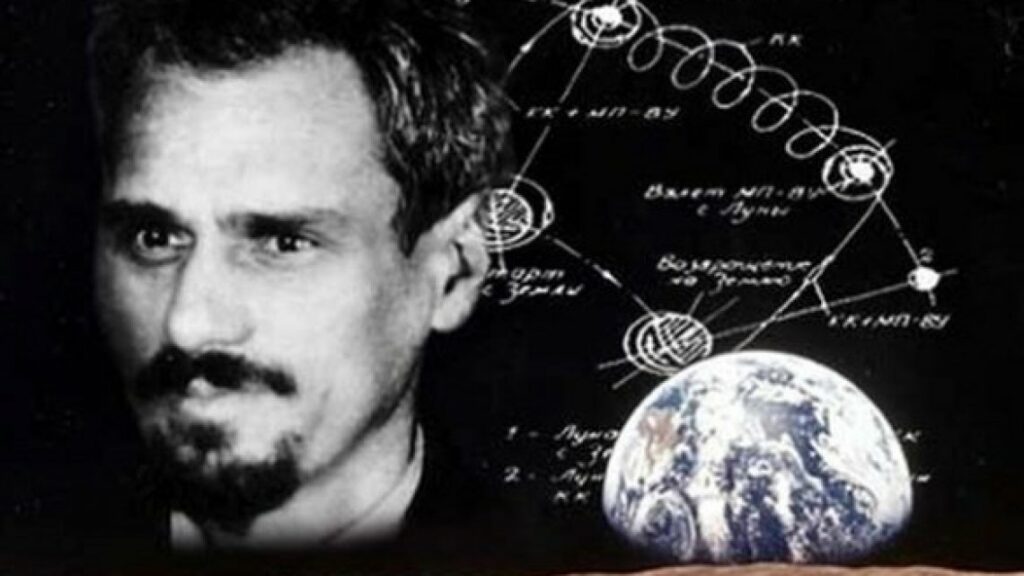
In addition, the book contains many other ideas that were later implemented in the program of the flight to the Moon. For example, Kondratyuk perfected Tsiolkovsky’s idea of the optimal return trajectory by proposing to use atmospheric resistance to brake the spacecraft. He also came up with the idea of an orbital module, from which the spacecraft was then separated for landing on the surface of our natural satellite.
All his life Shargei was haunted by fears of repression by the Soviet authorities. The path to the practical implementation of his cosmic ideas was blocked, and he engaged in designing wind farms. But this project failed to materialize as well.
Sergey Korolev
Born in Zhytomyr, Serhiy Korolyov started his career as an inventor at the age of 17, having developed a glider project. Then he learned aircraft engineering, and his diploma project was embodied in a real plane, the first passenger of which was the 22-year-old inventor himself.
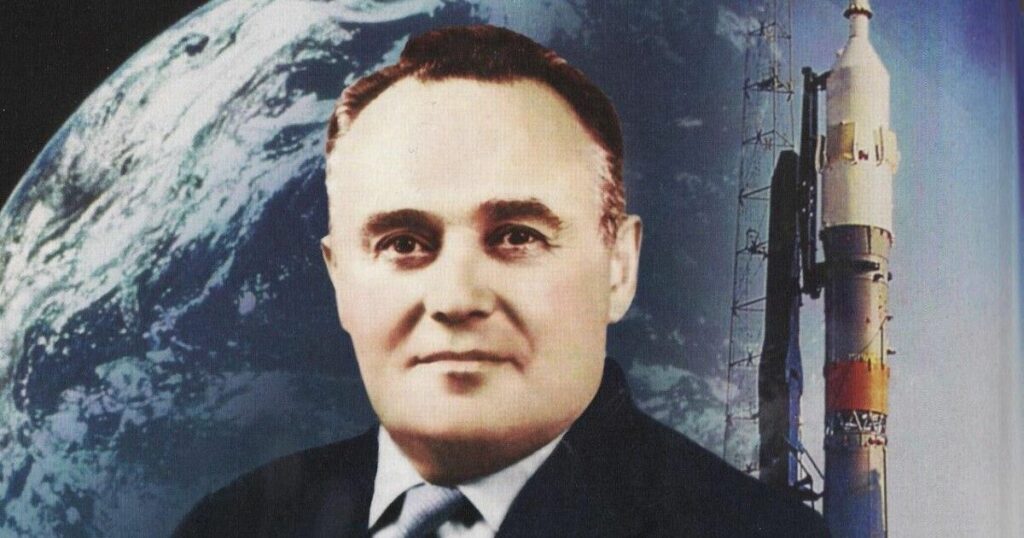
In 1931, Korolyov began experimenting with liquid rockets, and at the age of 25 he headed a design team. His first rockets were very similar in size and altitude to those tested by Goddard at the same time.
However, Korolyov ‘s work was interrupted by repression by the Soviet authorities. The scientist ended up in prison, from which, in fact, he was released only after the end of World War II. In the late 1940s, he began working on rockets that could be used both to deliver objects into orbit and to deliver atomic bombs to another continent.
In 1957, Korolyov succeeded in putting Tsiolkovsky’s idea of multistage rockets into practice and launching the first artificial satellite into space. Then there was the first man in space and the first multi-seat ship. However, the Soviet prison had damaged the designer`s health severely and he was unable to complete the H-1 rocket, which was to launch spacecraft to the Moon.
Werner von Braun
German engineer Werner von Braun also started working on rockets during his student years. After graduating from university in 1932, he was admitted to a secret laboratory. It were the times when the Nazis came to power in Germany, and the A-4 rocket, developed by a young engineer, soon became known as the “V-2 miracle weapon.”
This rocket was the first man-made spacecraft to cross a conventional limit of 100 km above the surface and reach outer space. This happened in 1944. After the war, von Braun was moved to the United States and began working first on ballistic missiles and then on the space program.
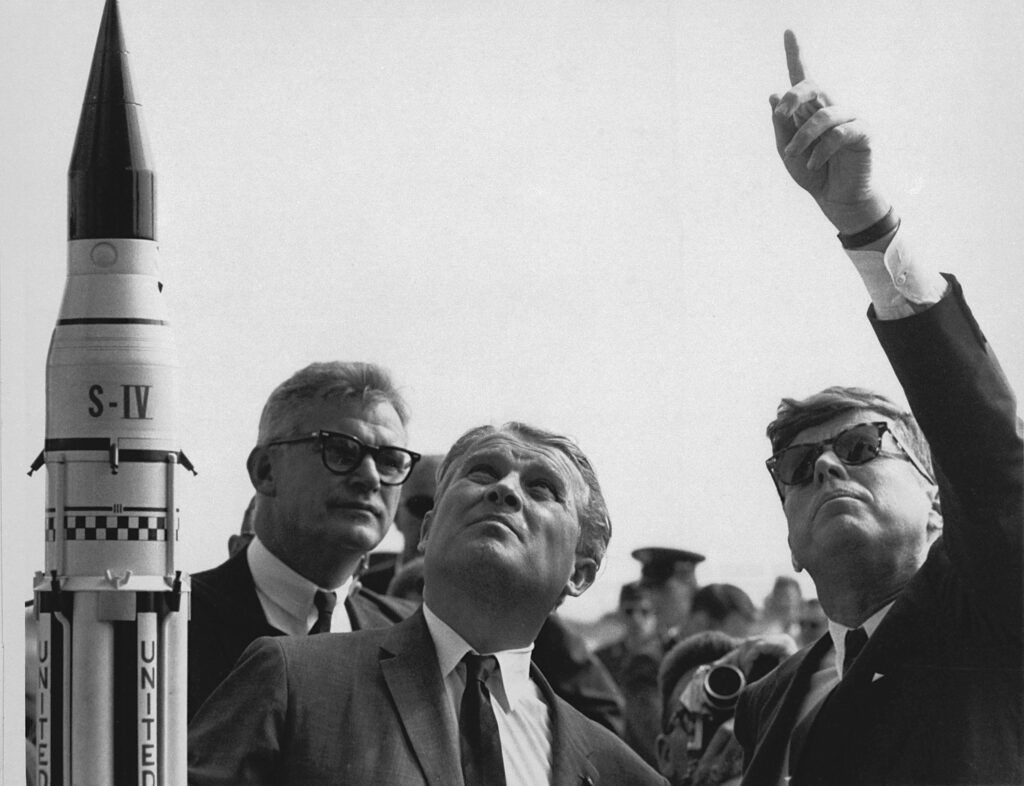
Von Braun was able to build a multistage rocket, launch a satellite and man into orbit and in 1960 he started managing the Saturn S project. The result was the giant Saturn V rocket, first launched in 1967.
In order to “cheat on” the Tsiolkovsky’s equation, the rocket was three-stage and used all the developments once made by Goddard. It was built for the flight according to the scheme proposed by Kondratyuk. And of course Von Braun and many other engineers invested their own ideas and experience in it.
By that time, the main competitor of the German engineer — Sergei Korolev — had already died. Korolev’s successors tried to launch an H-1 rocket but it crashed. So it was Von Braun who created the Saturn S-5, the rocket, which in 1968 sent three astronauts into lunar orbit, and in 1969 — transported the Apollo-11 crew who were destined to be the first humans stepping on the surface of our natural satellite.
